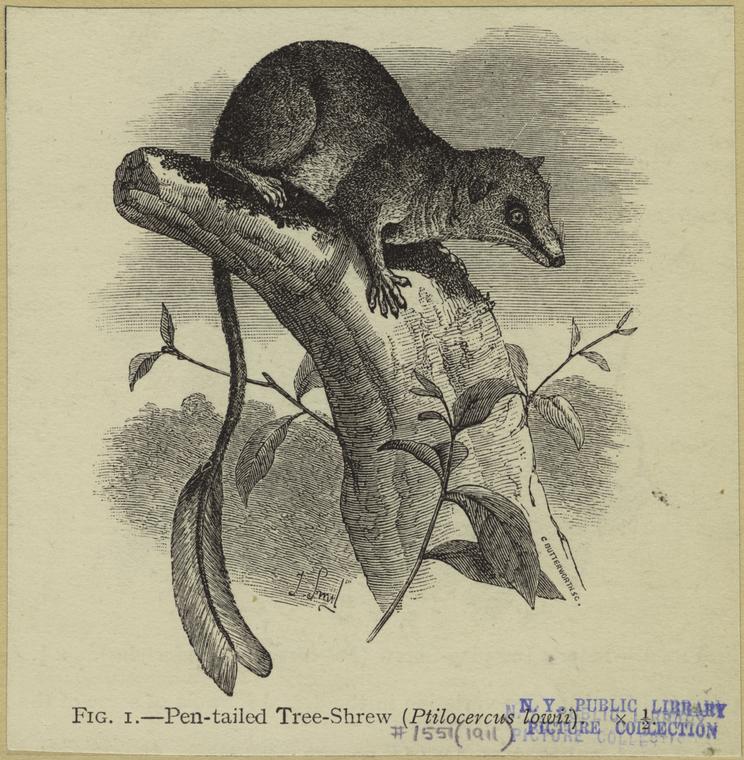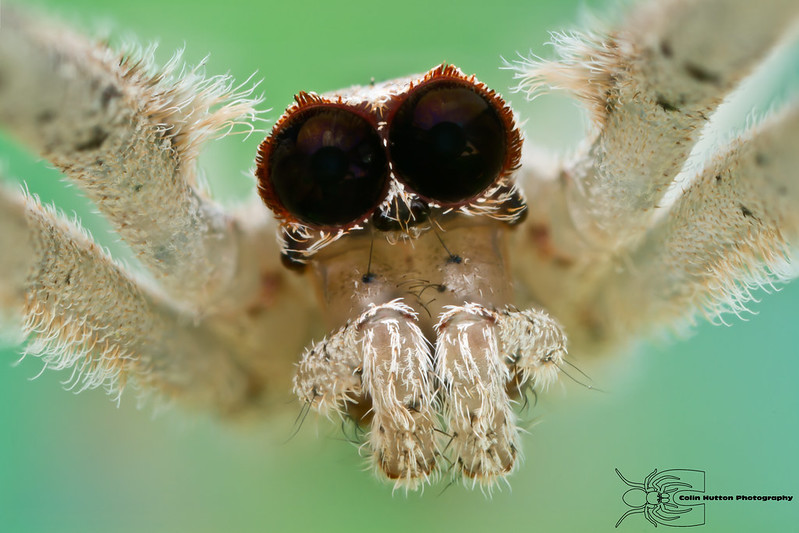
Monday, January 28, 2013
Colugos


Colugos are arboreal gliding mammals found in South-east Asia. There are just
two extant species, which make up the entire family Cynocephalidae and order
Dermoptera. They are the most capable of all gliding mammals, using flaps of
extra skin between their legs to glide from higher to lower locations.
They are also known as cobegos or flying lemurs, though they are not true lemurs.
Colugos were traditionally considered being close to the ancestors of bats, but
are now seen by some as the closest living relatives to primates.
Pen-tailed Tree Shrew Likes the Sauce

Malaysia's pen-tailed tree shrew (above) regularly drinks fermented palm "beer,"
which in turn helps pollinate the palms' flowers, scientists reported in July 2008.
The pen-tailed tree shrew is the first non-human mammal known to display
alcoholic behavior. What's more, the rat-size animal never gets drunk during
its nonstop jungle jamborees.
Since the tiny mammal is related to primate ancestors, the find also suggests humans'
taste for alcohol may have begun well before the believed advent of brewing about
9,000 years ago.
Source: http://news.nationalgeographic.com/news/bigphotos/30498685.html
Friday, January 18, 2013
Monday, January 7, 2013
Ogre-Faced Spider


The spider family Deinopidae consists of stick-like elongate spiders that build
unusual webs that they suspend between the front legs. When prey approaches,
the spider will stretch the net to two or three times its relaxed size and propel
itself onto the prey, entangling it in the web. Because of this, they are also called
net-casting spiders.
Wednesday, January 2, 2013
A Star-Nosed Mole’s Nose

The star-nosed mole is easily identified by the 11 pairs of pink fleshy
appendages ringing its snout, which is used as a touch organ with more
than 25,000 minute sensory receptors, known as Eimer's organs, with
which this hamster-sized mole feels its way around. With the help of
its Eimer's organs, it may be perfectly poised to detect seismic wave
vibrations. Because the star-nosed mole is functionally blind, the snout
was long suspected to be used to detect electrical activity in prey
animals, though little, if any, empirical support has been found for
this hypothesis.
These moles also possess the ability to smell underwater, accomplished
by exhaling air bubbles onto objects or scent trails and then inhaling the
bubbles to carry scents back through the nose.
Photo by Kenneth Catania, National Geographic, October 2009
Subscribe to:
Posts (Atom)
